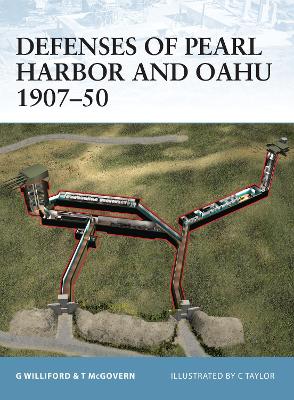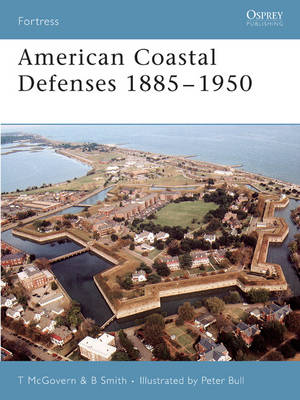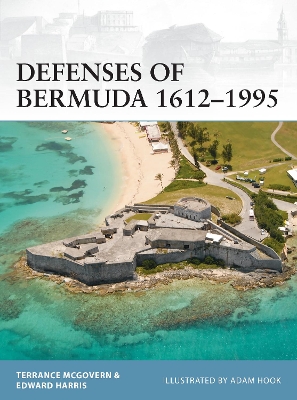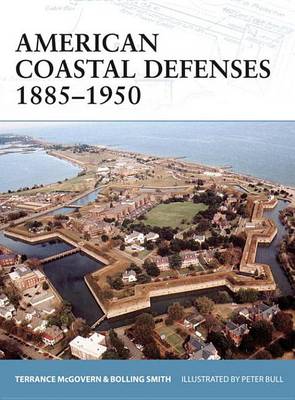Fortress
4 primary works • 5 total works
Book 4
American Defenses of Corregidor and Manila Bay 1898-1945
by Mark Berhow and Terrance McGovern
Published 19 February 2003
The Philippines were declared an American Territory on January 4, 1899, and construction of seacoast fortifications began in the mouth of Manilla Bay - Fort Mills (Corregidor), Fort Frank, Fort Hughes, and Subic Bay's Fort Wint. Tiny El Fraile Island was levelled to create a unique structure, the complex and formidable "concrete battleship" of Fort Drum. During World War II, the Japanese invaded, and were determined to hold out to the bitter end. This work brings back to life these key sites.
Book 8
Defenses of Pearl Harbor and Oahu 1907-50
by Glen Williford and Terrance McGovern
Published 18 June 2003
At the beginning of the 20th century, the military importance of the Hawaiian Islands became clear. Oahu in particular was a key bastion in projecting America's military power in the Pacific. This importance would lead the island to becoming a military fortress - and also the site of one of America's greatest defensive failures, the Japanese attack of December 7, 1941. By the end of World War II, the harbor itself was the most heavily defended in the world, earning the sobriquet "Fortress Oahu". This title documents the development of these complex and integrated systems, and analyses the success of the infamous Japanese attack in the light of their knowledge of the island's defenses.
Book 44
A new round of fortification building began in the United States and its overseas territories in the late-19th century, which benefited from the latest technology and the increase in America's worldwide economic stature. This book provides a concise introduction to the design, development and purpose of American coastal defenses in the 'modern period' (1885-1950), a period defined by the use of concrete, steel, and powerful breech-loading rifles. Packed with period and modern-day images of the fortifications, and written by a leading expert, it covers the emplacements, weaponry, equipment, and people that defended their country in times of great change and uncertainty.
Book 112
Due to its location in the western North Atlantic some 600 miles off the Carolinas and halfway between Halifax in Canada and Jamaica in the West Indies, the island of Bermuda was a key naval haven for the Royal Navy over the centuries. It was vital for the Navy first in the development of its American colonies, then during its rivalry with the United States, and finally as allies with the United States. The need to defend its 64 miles of coastline and ports has resulted in the construction of about 50 forts from 1617 to 1945 even though its total land mass is only 20.6 square miles. This led to an incredible concentration of fortifications with 2.5 forts for every square mile. Today, the legacy of these defence efforts remain either as disused structures or parks scattered throughout Bermuda, many of them now popular tourist attractions. Using stunning commissioned artwork and meticulous research, this is the fascinating story of Britain's "Gibraltar of the West".




